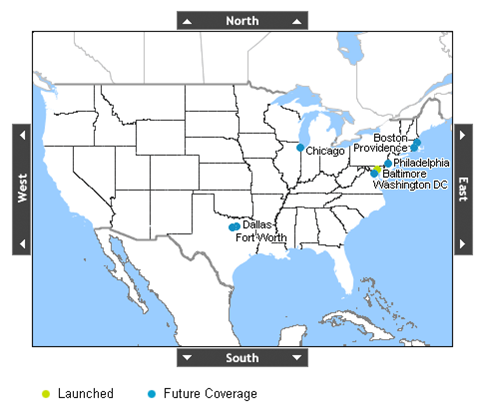WiMax service rolls out; Who's buying?

Sprint and its Xohm unit have finally made WiMax a reality. Now it will be very interesting to see who buys the service.
In a statement (Techmeme), Xohm, soon to be a joint venture between Sprint and Clearwire, announced that its WiMax broadband service, also known as 4G, has launched in Baltimore with areas such as Boston, Chicago, Philadelphia, Dallas and Washington DC en route. While the companies call the launch "historic" the timing is a bit tricky. The economy stinks; consumers are reeling and it's unclear whether they will leave their existing providers and buy WiMax enabled devices.
The promise is that WiMax will extend beyond mobile access and allow folks to use it as their sole broadband option. Xohm's service delivers download speeds of 2 Mbps to 4 Mbps and may be coming to a city near you (at least if you're an East Coast person).
The rub: WiMax devices aren't exactly everywhere. Xohm is launching in Baltimore, which isn't a tech haven like the Bay Area, and it's unclear that consumers are in any mood to ditch their triple plays (Internet, phone, TV) to give a fledgling service a spin.
Some of those concerns are reflected in Xohm's pricing. Consider:
- Xohm has no long-term contracts and will sell you access monthly at home ($25) and mobile ($30) or by the day ($10);
- One charge works on multiple devices;
- Xohm is ditching the walled garden approach deployed by Verizon Wireless and AT&T.
Simply put, Xohm really wants you to try WiMax. But I'd expect a slow rollout due to the lack of WiMax enabled devices (and some subsidies would help too). Xohm has Samsung Express air cards and modems, but USB modems, notebook PCs and wireless devices won’t surface until later in the year. Rest assured that Intel will push devices out the door. Sprint is chipping in dual-mode 3G/4G handsets.
But the WiMax rollout is really wait and see at the moment. The case for WiMax is there. The timing, however, could be off.
